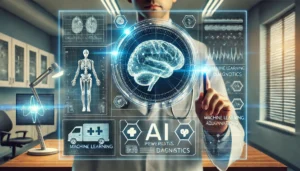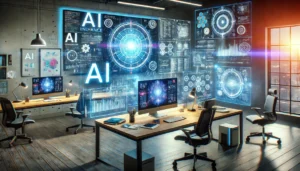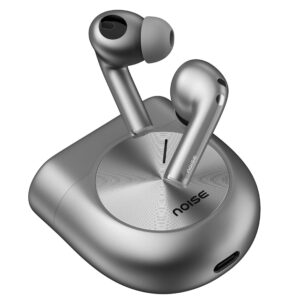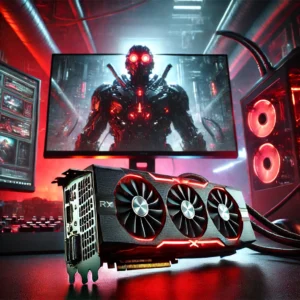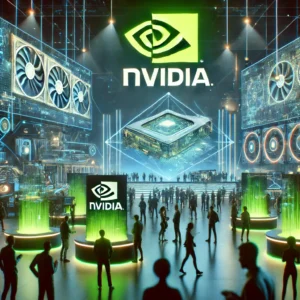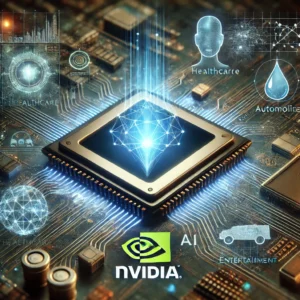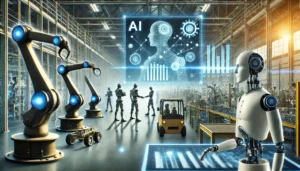The Metaverse: A New Digital Frontier
Introduction to the Metaverse
The Metaverse is an exciting concept that has captured the imagination of tech enthusiasts and futurists alike. At its core, the Metaverse is a shared, persistent virtual space that exists parallel to our physical world. It’s a place where digital avatars represent users, allowing them to interact, create, and experience a new level of connectivity. Think of it as the internet brought to life in 3D, offering immersive experiences that were once the stuff of science fiction.
So, why is it called the “new digital frontier”? Much like the internet revolutionized communication and commerce, the Metaverse is expected to transform how we work, socialize, and entertain ourselves. It’s not just a trend—it’s a paradigm shift.
Origins and Evolution of the Metaverse
Conceptual Beginnings
The term “Metaverse” was first introduced by Neal Stephenson in his 1992 novel Snow Crash. In the book, the Metaverse was depicted as a digital world where people interacted through avatars. It set the stage for a concept that would eventually leap off the pages of fiction and into the realm of possibility.
The Role of Science Fiction
Over the years, other works of fiction, such as Ready Player One and The Matrix, expanded on the idea of virtual universes. These stories didn’t just entertain—they inspired innovators to make these imagined realities a part of our actual world.
Early Real-World Applications
The Metaverse’s roots can be traced to early digital environments like Second Life, which allowed users to create avatars and interact in a virtual space. Games like World of Warcraft and Minecraft also laid the groundwork by demonstrating the potential of shared, persistent online worlds.
Key Technologies Powering the Metaverse
Virtual Reality (VR) and Augmented Reality (AR)
VR headsets like Oculus Quest and AR tools like Microsoft HoloLens make the Metaverse tangible. While VR immerses users in entirely virtual environments, AR blends digital elements into the real world.
Blockchain and Cryptocurrency
Blockchain technology ensures secure ownership of digital assets, while cryptocurrencies enable seamless transactions within virtual economies. Platforms like Decentraland use blockchain to empower users to buy, sell, and own virtual real estate.
Artificial Intelligence (AI) in the Metaverse
AI drives personalization and automation in the Metaverse. From realistic NPCs (non-playable characters) to intelligent virtual assistants, AI enhances the user experience.
5G and Network Advancements
The Metaverse demands fast, reliable connectivity, and 5G networks provide the speed and bandwidth needed for seamless interactions in these complex digital spaces.
The Components of the Metaverse
Digital Avatars
Avatars serve as your digital representation in the Metaverse. They can be as simple as a cartoonish character or as detailed as a photorealistic model of yourself.
Virtual Economies
The Metaverse boasts its own economies where users can buy, sell, and trade virtual goods. NFTs (non-fungible tokens) play a significant role here, enabling ownership of unique digital assets.
Immersive Environments
From fantastical worlds to realistic urban landscapes, the Metaverse is made up of richly designed environments that allow users to explore, interact, and create.
Industries Shaping the Metaverse
Gaming: The First Movers
The gaming industry has been a key driver of the Metaverse’s development. Games like Fortnite and Roblox have already integrated Metaverse-like features, such as live events and customizable virtual spaces.
Entertainment and Media
Virtual concerts, movie screenings, and digital art galleries are transforming how we consume media. Artists like Travis Scott and Ariana Grande have hosted virtual concerts attended by millions.
Education and E-Learning
The Metaverse is revolutionizing education by creating immersive learning environments. Imagine studying ancient history by walking through a recreated Roman forum or practicing surgical techniques in a virtual operating room.
Healthcare Applications
The Metaverse holds promise for telemedicine and therapy. VR simulations are already being used to treat PTSD and train medical professionals.
The Economic Impact of the Metaverse
Global Market Potential
Experts predict the Metaverse could become a trillion-dollar industry, spanning sectors like gaming, real estate, and advertising.
Opportunities for Entrepreneurs
From developing virtual storefronts to creating unique digital goods, the Metaverse offers countless opportunities for entrepreneurs to innovate.
Monetization Models
Subscription services, ad placements, and in-world purchases are just a few ways the Metaverse is monetized.
Challenges and Ethical Considerations
Privacy Concerns
As the Metaverse collects vast amounts of data, ensuring privacy and security becomes a critical challenge.
Digital Addiction
Spending excessive time in immersive virtual worlds may lead to addiction, impacting mental health and real-world relationships.
Regulation and Governance
Who governs the Metaverse? Establishing fair rules and regulations for this uncharted digital territory is a significant challenge.
Social Implications of the Metaverse
Virtual Communities and Relationships
The Metaverse allows people to form communities based on shared interests, transcending geographic boundaries.
Impact on Real-World Interaction
While the Metaverse fosters virtual connections, it also raises questions about how it may affect face-to-face interactions.
Inclusivity in the Metaverse
Efforts are being made to ensure the Metaverse is accessible to everyone, regardless of physical ability or socioeconomic status.
How to Access the Metaverse
Platforms Leading the Charge
Platforms like Decentraland, Horizon Worlds, and The Sandbox are leading the way in Metaverse development.
Devices You’ll Need
To explore the Metaverse, you’ll need VR headsets, AR devices, or even just a computer or smartphone for basic access.
Steps to Get Started
- Choose a platform.
- Create your avatar.
- Begin exploring and interacting with the digital world.
Conclusion
The Metaverse is more than a technological trend—it’s a glimpse into the future of how we connect, create, and collaborate. Whether it’s for entertainment, work, or learning, this new digital frontier holds endless possibilities. The journey is just beginning, and the Metaverse will undoubtedly reshape our lives in ways we’ve yet to imagine.
FAQs
1. What exactly is the Metaverse?
The Metaverse is a virtual universe where users interact, create, and explore using digital avatars in immersive environments.
2. How is the Metaverse different from Virtual Reality?
While VR focuses on immersive experiences, the Metaverse encompasses VR and much more, including shared digital spaces, economies, and communities.
3. Can I make money in the Metaverse?
Yes! From selling digital goods to investing in virtual real estate, the Metaverse offers numerous income opportunities.
4. What are the main risks of using the Metaverse?
Key risks include privacy concerns, digital addiction, and the lack of clear regulations.
5. How will the Metaverse change the future of work?
The Metaverse enables virtual offices, remote collaboration, and immersive training, potentially redefining the modern workplace.
Please don’t forget to leave a review.
on Techcyclohub
______________________________________________________________________________________________________
Suggested Books with Amazon Links**
1. “The Metaverse: And How It Will Revolutionize Everything” by Matthew Ball
5. “Metaverse Investing for Beginners” by Nathan Croft

